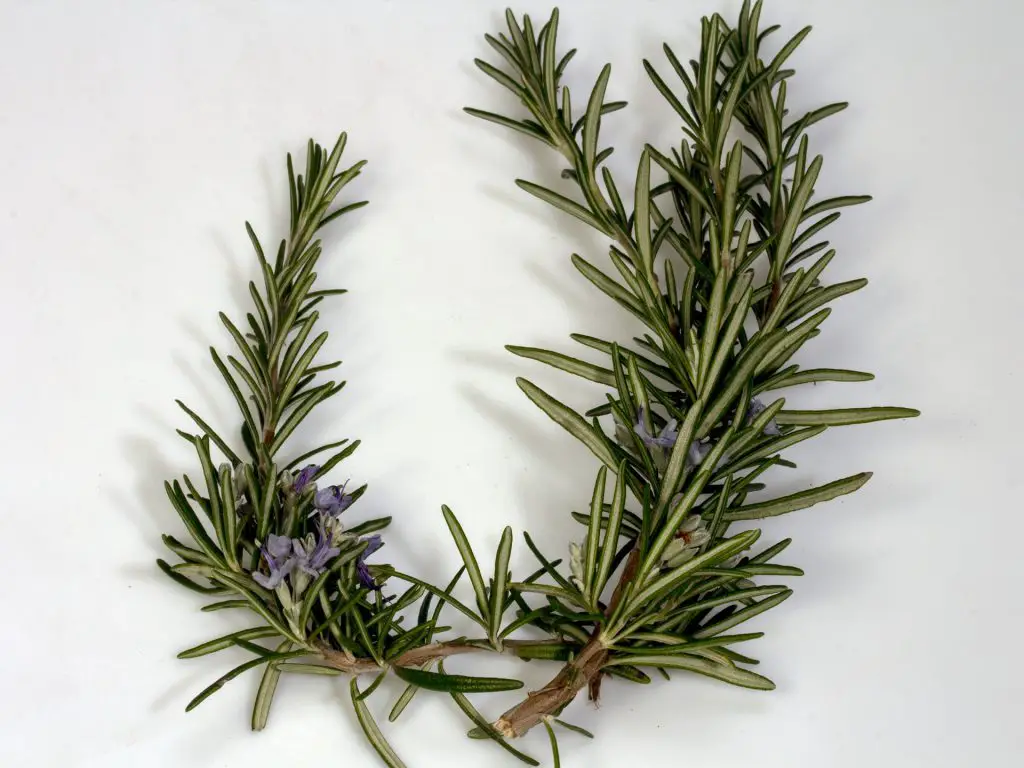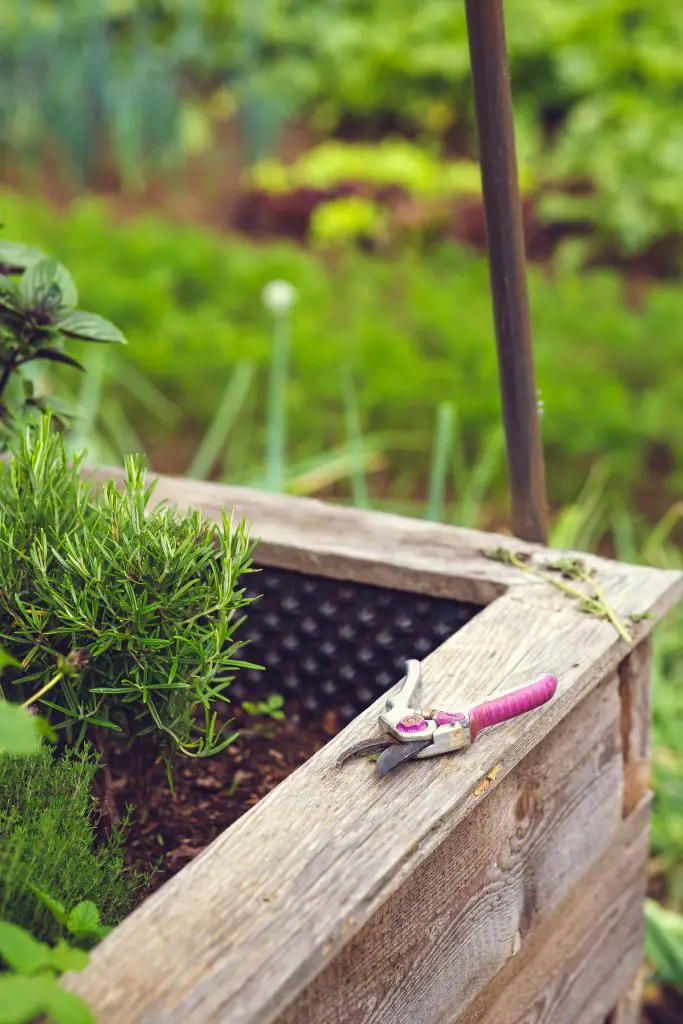How Effective Is Rooting Hormone? You often see gardening experts preparing cuttings for propagation on gardening shows using rooting hormones. The question for me has always been does this really make a difference, as there are also plenty of gardeners that don’t use any type of hormone at all.
Rooting hormones do improve the capacity of cuttings to produce roots. A study published in 2016 by Kastamonu University in Turkey showed that rooting hormones improve the success rate of cuttings by 2 to 3 times in most cases. However, the extent of this improvement varied depending upon the type of hormone used and the form it was in.
The researchers stated that “It is seen that liquid rooting media are more advantageous than solid rooting media in terms of many characters”.
However, the study was limited to only one plant, the weeping fig, so it can be expected that results may vary when used with other species. A summary of the results presented in that study of liquid hormone is provided in the table below. The percentage listed represents the % of cuttings that produced roots.
| Hormone | 0 ppm | 10 ppm | 50 ppm | 100 ppm |
| IAA | 38% | – | 14% | 71% |
| IBA | 38% | – | 57% | 94% |
| GA | 38% | – | – | 57% |
| NAA | 38% | 95% | – | – |
The results show a dramatic increase in the rate of root formation in most cases that suggest that rooting hormones really do improve the chances that the cutting will be successful.
Are There Alternatives To Rooting Hormones?
There are natural alternatives to rooting hormones, with the most common being Honey. There are numerous studies that show that honey does also increase the rate of rooting cuttings however, the degree of improvement compared to rooting hormones varies depending upon the particular study and the type of plant being used within the study.
One such example was a study from the University of Hawaii that found that honey does improve the rooting of Peanut and Plumbago plants but the success rate was not as high as the synthetic hormones.
Are There Different Types Of Cuttings?
There are several different ways to take cuttings from the parent plant and trimmed them to improve rooting. These methods include nodal cuttings, internodal cuttings, heel and basel cuttings.
Nodal Cuttings
Nodal Cuttings are prepared by cutting the plant’s stem just below a pair of leaves or buds. This method is one of the easiest and most reliable methods for propagating plants as most plants naturally produce roots from these points. When preparing cuttings the leaves that have sprouted from the node at the bottom of the cutting should be removed.
Internodal Cuttings
Internodal cuttings are prepared by cleanly cutting between the nodes or leaves. This is technique is most successful in easy-to-root plants such as climbers which include Clematis and Lonicera. This is best done when propagating softwood or semi-ripe cuttings and works best with plants that have relatively short internodes.
One way to improve the success rate with semi-ripe cuttings is to removing slither of bark from one side of the base of the cutting. This increases the surface area for the stem to absorb moisture and rooting stimulants which will aid in the production of roots.
Heel Cuttings
Heel cuttings are a reliable option for evergreens and those plants with thin stems as this type of cutting greatly increased the surface area of the exposed wood. Heel cuttings are created by gently pulling a ripening side-shoot away from the main stem of the parent plant to create a heel-like shape. The long thin section of bark should be cleanly trimmed to 2 to 3mm (⅛ inch) before inserting the cutting into the soil. The heel helps to retain moisture and nutrients to sustain the cutting over the several weeks of rooting increasing the chances of success.
Basel Cuttings
A basal cutting is generally used on plants that have a crown and the cuttings need to be taken in Spring when the shoots are young. This type of cutting is most commonly used for propagating herbaceous plants such as Lupins, Dahlias, and Delphiniums. The cutting should be taken after the shoot has begun to emerge, the cut should be made as close to the crown as possible as this will ensure that the base of the cutting is firm to help sustain the cutting during the rooting process.

What Is The Best Time Of Year To Take Cuttings?
The time when cuttings should be taken is heavily dependent on the growth habit of the plant and the type of cutting you wish to take. But as a general rule, it is easiest to take hardwood cuttings for deciduous plants in late autumn or winter and basal cuttings in spring for those perennial plants that have a crown. For all other plants, there are generally several points throughout the growing season where cuttings may be taken. A rough guide for those living in the northern hemisphere is provided in the table below.
| Type of cutting | Month |
| Softwood cuttings can be taken of tender perennials that have been overwintered under glass. | late January to February |
| Softwood cuttings can be taken of perennials as the first new growth extends. | March |
| Basal cuttings of perennials that have begun to sprout such as Dahlia, Anthemis, and Delphinium. Softwood cuttings of late-flowering deciduous shrubs such as Hydrangea, Buddleja, and Hibiscus | April to May |
| Semi-ripe cuttings of deciduous shrubs after flowering, such as Deutzia, Weigela, and Philadelphus | July to August |
| Semi-ripe cuttings of evergreens including such as Hebe, Buxus, and Conifers may be taken | August to late September |
| Hardwood cuttings of deciduous trees and shrubs such as Buddleja and Currants can be taken. | October to December |
How To Increase Your Chances of Success When Taking Cuttings
Apart from using rooting hormone there are several other things that you can do to improve the chances of success when taking a cutting. Below are 8 tips that I use to propagate plants.
Tip No 1: Use Sharp Clean Tools To Take The Cutting
When taking a cutting it is important to ensure that the tool being used are both sharp and clean. Blunt tools often crush delicate stems rather than cut them. Additionally, tools with plant residues on the blade from previous use can harbor diseases that can be transferred to the new cutting
To avoid this clean the blade with a rag dipped in methylated spirits as this will remove any remaining plant material and disinfect the blade.
Tip No 2: Select Your Cutting Material Carefully
When taking cuttings it is best to select material from young plants as they generally root more successfully than cuttings taken from old and woody plants (with the exception of hardwood cuttings). Avoid taking material that contains flowering shoots and select material from lower branches.
Tip No 3: Reduce Your Cutting To An Appropriate Size
The size and treatment of the cuttings is largely dependent upon the age of the material being used. Softwood cuttings are the most susceptible to moisture loss and therefore the cuttings need to be reduced to the smallest size. Additionally, the number of leaves needs to be reduced to only a few and if the size is of leaves is large they can be cut in half.
For semi-ripe or hardwood cuttings, it is less critical to reduce the size of the cutting. Size guide is provided in the table below.
| Age | Size/Condition Of Cutting | |
| Softwood | Soft growth of new shoot tips, stems or side shoots | 8 to 10cm (3 to 4 inches) with a maximum of four or five leaves on the cutting |
| Semi-ripe | Firm, partially mature stems of deciduous or evergreen plants | 10 to 15cm (4 to 6 inches), with 2 to 3 cm (1 inch) of firm wood at the base |
| Hardwood | Woody, one-year-old stems of deciduous plants | 25 to 30cm (10 to 12 inches) |

Tip No 3: Collect Your Cutting Material In The Morning
It best to collect your cutting material as plants will contain the highest level of moisture in the morning. Additionally, the rate of moisture loss of the cutting is also lower as it is cooler at that time of day.
Tip No 4: Place The Cutting In A Plastic Bag
Placing the cutting in a plastic bag will prevent the cutting from losing moisture, this is particularly important if there is an extended period between taking the cutting and planting it. Additionally, the bag should be kept in a cool shaded location to avoid any chance of the bag overheating.
Tip No 5: Use Seed Raising Mix As The Growing Medium
Seed raising mixtures have a fine moisture-retaining soil that provides excellent contact to the cutting ensuring that the moisture can be taken up easily by the cutting.
Tip No 6: Use A Dibber When Planting Cuttings
Using a dibber to make a hole for the cutting increases the chances that the rooting hormone will remain in contact with the base of the cutting. This will encourage more rapid root development.
Tip No 7: Place The Cuttings Near The Edge Of The Pot
Placing the cutting near the wall of the pot will increase the temperature of the soil around the base of the cutting. The increased temperature will increase the rate of growth.
Tip No 8: Place A Clear Plastic Bag Over The Cuttings
Placing a clear plastic bag over the top of the cuttings will result in the creation of a moist humid environment. This will aid with the retention of the moisture within the cutting which will prolong its life. This inturn will increase the chances of the plant forming roots.
